Vodafone Reveal UK Prices for 1Gbps FTTH Home Broadband UPDATE
ISP Vodafone has today revealed how much UK consumers will need to pay in order to access their new 1Gbps capable Fibre-to-the-Home (FTTH) based “Gigafast Broadband” network, which is initially being rolled out to cover 1 million homes in up to 12 of Cityfibre’s existing cities by the end of 2021.
The £500m Phase One roll-out (details) has already confirmed that Milton Keynes – at a cost of around £40m – will be the first to benefit (here) and some trial homes went live in July 2018 (here). Since then several additional cities have also been confirmed including: Aberdeen, Peterborough, Edinburgh, Coventry, Huddersfield and Stirling (together accounting for about 500,000 premises and £315m of the planned investment).
If all goes well then Vodafone have indicated that there’s the “potential to extend” this FTTH deployment to reach up to 5 million homes by 2025 (approximately 50 towns and cities, representing 20% of the current UK broadband market), although this would require significantly more investment to be raised.
The construction phase has already started in several of the aforementioned cities and Vodafone are currently aiming to connect their first non-trial customers before the end of 2018. As part of that plan they’ve today finally revealed the first pricing (inc. VAT) for their new ultrafast broadband packages, which will initially only be available to pre-order from Friday 14th September 2018 in Milton Keynes.
The first official installations will then commence on 8th October 2018 and as usual a discount of £5 per month is available to customers that already have a Vodafone mobile contract.
| Package | Upload and Download Speed | Price for Vodafone Mobile Customers | Price for Non-Vodafone Mobile Customers |
| Gigafast 100 | 100Mbps (average) | £23 | £28 |
| Gigafast 200 | 200 Mbps (average) | £28 | £33 |
| Gigafast 500 | 500 Mbps (average) | £33 | £38 |
| Gigafast 900 | 900 Mbps (average) | £43 | £48 |
Following the earlier pilot scheme, Gigafast Broadband will initially be available in Milton Keynes to more than 3,700 eligible homes. Almost every home in the city is expected to have access by 2020. Aberdeen and Peterborough will follow later this year, with Coventry, Edinburgh, Huddersfield and Stirling coming online in early 2019.
Nick Jeffery, Vodafone UK Chief Executive, said:
“Starting in Milton Keynes, we are helping people break free from the shackles of their old, copper-based broadband. With Gigafast Broadband, Vodafone is investing in best-in-class infrastructure for the UK, equipping the nation for the future.”
We are currently trying to seek some clarification on what type of “phone line” service is being included, since we suspect it would be VoIP but you don’t usually use the word “line” for that type of over-the-top product. Likewise there’s no information on call charges etc.
Similarly we are also trying to get more details on the new router, although Vodafone said it is a 802.11ac supporting device that features 7 antennae with beamforming, 4 x Gigabit Ethernet ports for wired connections, 2 USB ports and works as a “hub for customers’ home phone“. “Despite all of this, it is sleek and minimalist with no ugly, protruding, easy-to-break antennae,” said the operator.
For the sake of comparison, TalkTalk’s default 900Mbps package in the city of York (also built by Cityfibre) costs just £23.50 per month on a 18 month term with unlimited usage and no set-up fee. Meanwhile BT’s top ULTRAFAST FIBRE (G.fast or FTTP) package charges £59.99 a month (plus £59.99 one-off setup) for 300Mbps (49Mbps upload), although you do get a lot of extras.
Meanwhile Hyperoptic’s top 900Mbps tier costs £49 per month for 12 months (£63 thereafter) with free installation and Gigaclear charges £76.60, although the latter does have a larger setup fee of £229.99. As expected Vodafone are positioning their product to be both faster and more competitively priced than many of their key rivals.
However the aggressive pricing being set by TalkTalk may be hard for anybody to beat, even Vodafone. TalkTalk’s service seems positioned to be a loss leader in order to attract as many subscribers from slower rivals or on their own network as possible, which makes sense but such a level will make it harder for them to secure a good return on their investment. Not that it matters since at present they only exist in York.
One of Vodafone’s biggest challenges here will be in building scale by attracting enough customers to make it all worthwhile, although admittedly Cityfibre seems to be the one stomaching the main cost of deployment. Aggressive pricing is a key part of that initial approach but we still think they may need to acquire a rival to help boost their position.
Sadly it’s just a case of bad timing that they’ve announced this on the very same day as being criticised by the ASA for adverts for their broadband speed guarantee on older / unrelated services (here).
UPDATE 10:14am
Separately we should point out that Vodafone’s standard FTTC based mass market superfast broadband packages have today dropped in price to £20 for 35Mbps (average download speed) and £25 for 63Mbps. This rises to £22 and £27 respectively for new non-Vodafone mobile customers.
UPDATE 12:13pm
We’ve confirmed that the voice technology is VoIP (i.e. a SIP client running in the router) and that Vodafone’s related voice pricing is similar to their existing Home Phone service (pay per call), with competitive packages such as:
– Anytime Landline and Mobile Calls: £8 per month
– Evening and weekend calls: £4 per month
UPDATE 12:19pm
We’ve also managed to get a more detailed specification sheet and some high-res pictures of the new Gigafast Broadband Router, which is based on Broadcom’s BCM63138 chipset. This is particularly interesting since the BCM63138 also supports G.fast, as well as ADSL and VDSL2 (35b).
We can thus see Vodafone using this if they plan to launch some additional packages via Openreach’s G.fast network in the future. The chipset also packs a 1GHz dual-core ARM Cortex A9 processor and Broadcom suggests that the USB ports may support 3G/4G mobile dongles.
Gigafast Broadband Router Specification
Dimensions:
275 x 170 x 70 mmColours:
Vodafone brand GreyChipset:
BCM63138Ports:
1 x ADSL/VDSL/g.fast (RJ-11)
4 x Gigabit Ethernet LAN (RJ45)
1 x Gigabit Ethernet WAN (RJ45)
2 x FXS for analogue phones, fax, pos (RJ11)
2 x USB 2.0Wi-Fi:
WiFi 11ac: 5GHz 4×4 / 11n: 2,4GHz 3×3 dual band concurrent with MIMO and beam forming
2.4 GHz: BCM4360.2, 3×3
5 GHz: BCM4366e, 4×4Memory:
256 MB NAND Flash / 512 MB DDR3Networks:
Fibre GPON (via GE WAN port) ; ADSL2+ / VDSL2 (35b) / g.fast (+8dBm)Features:
SIP voice for analogue phones
We’ve asked for details of the peak WiFi speed, although by the looks of these specs it should probably achieve 2Gbps or more in ideal circumstances (real-world speeds are always considerably slower).
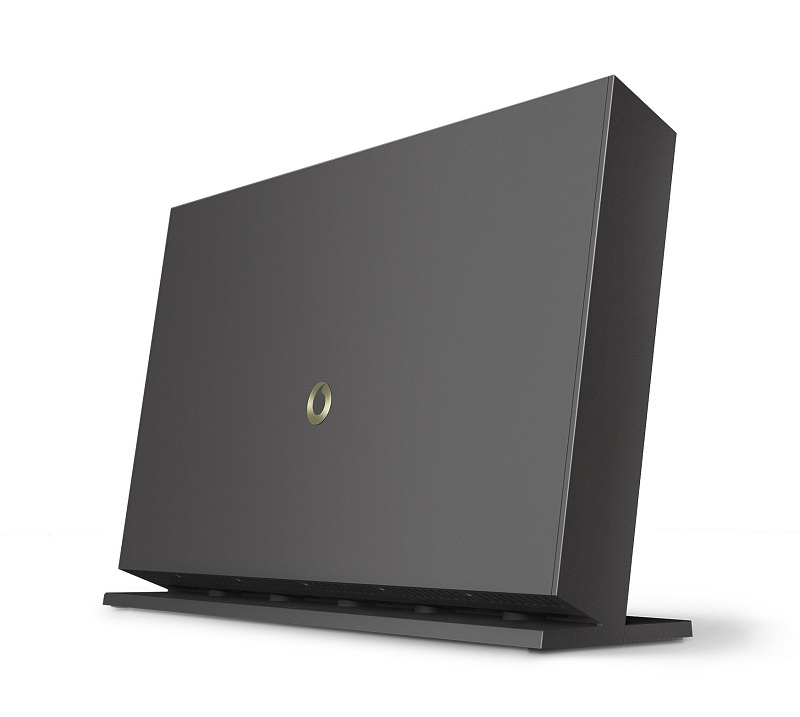
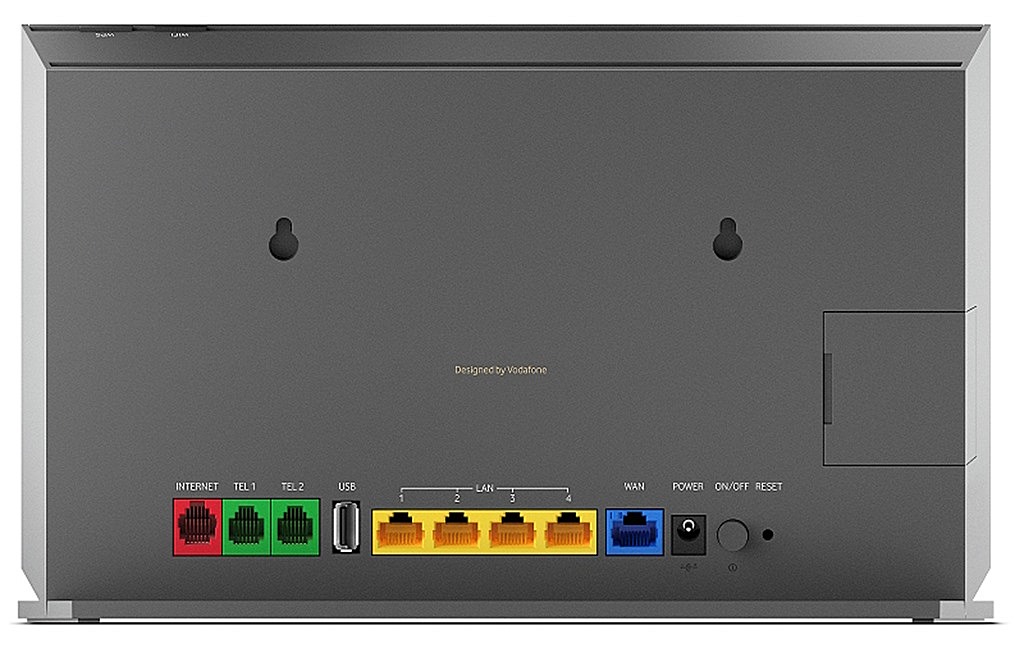
Mark is a professional technology writer, IT consultant and computer engineer from Dorset (England), he also founded ISPreview in 1999 and enjoys analysing the latest telecoms and broadband developments. Find me on X (Twitter), Mastodon, Facebook and Linkedin.
« Vodafone’s UK ISP Broadband Speed Guarantee Ads Ruled Misleading
Latest UK ISP News
- FTTP (5659)
- BT (3551)
- Politics (2582)
- Openreach (2331)
- Business (2308)
- Building Digital UK (2264)
- FTTC (2055)
- Mobile Broadband (2019)
- Statistics (1818)
- 4G (1706)
- Virgin Media (1657)
- Ofcom Regulation (1488)
- Fibre Optic (1417)
- Wireless Internet (1411)
- FTTH (1382)

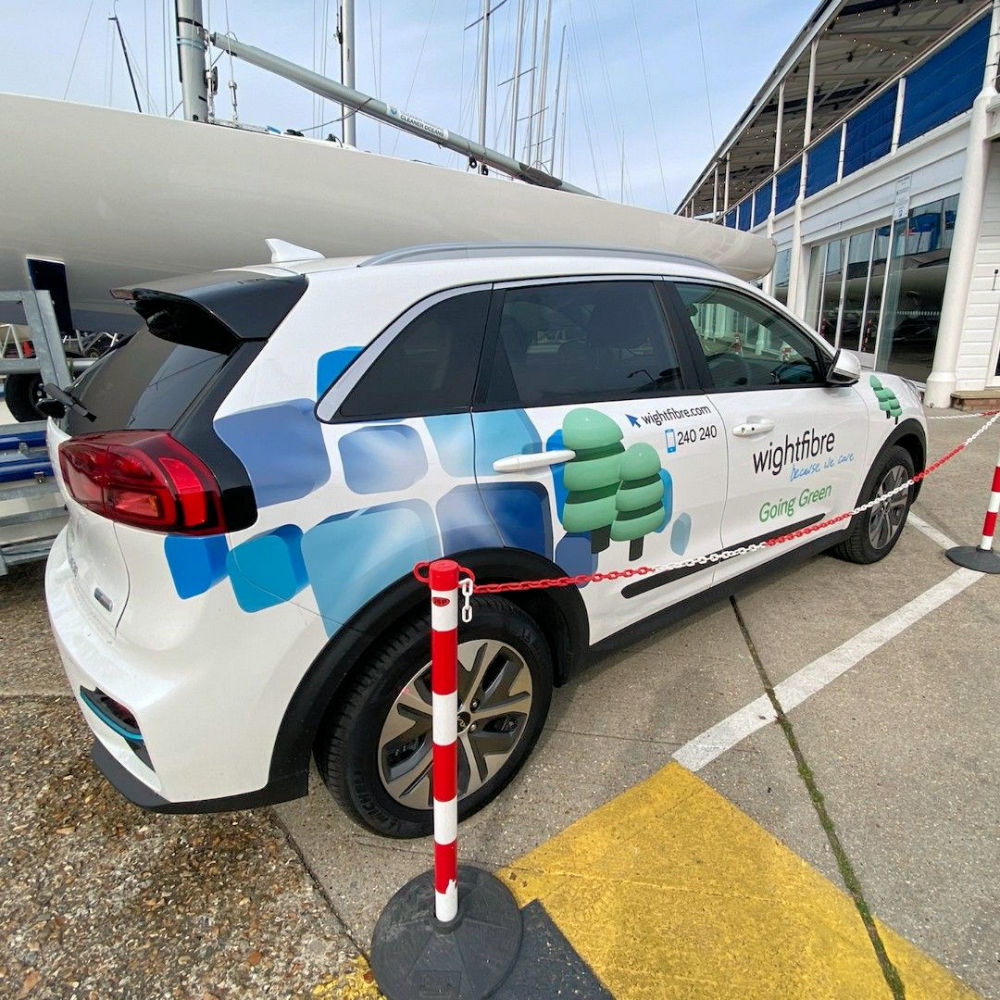































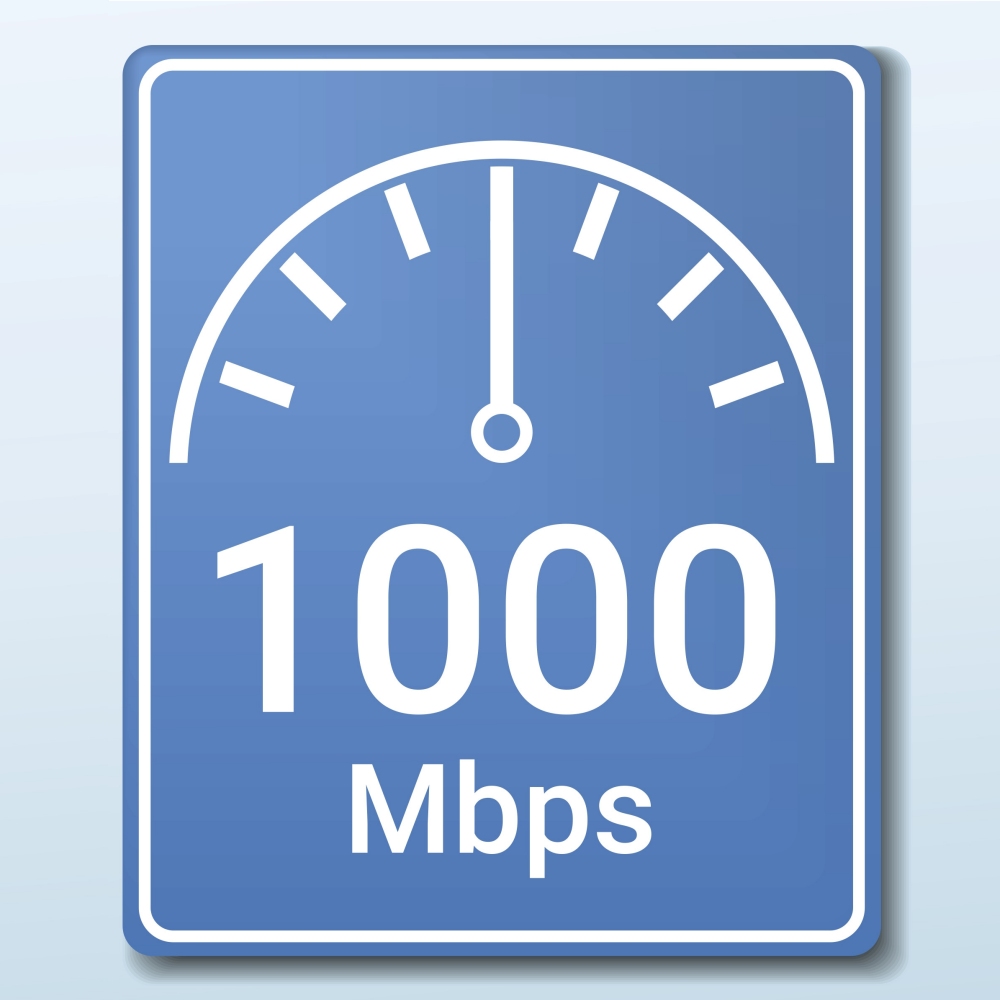
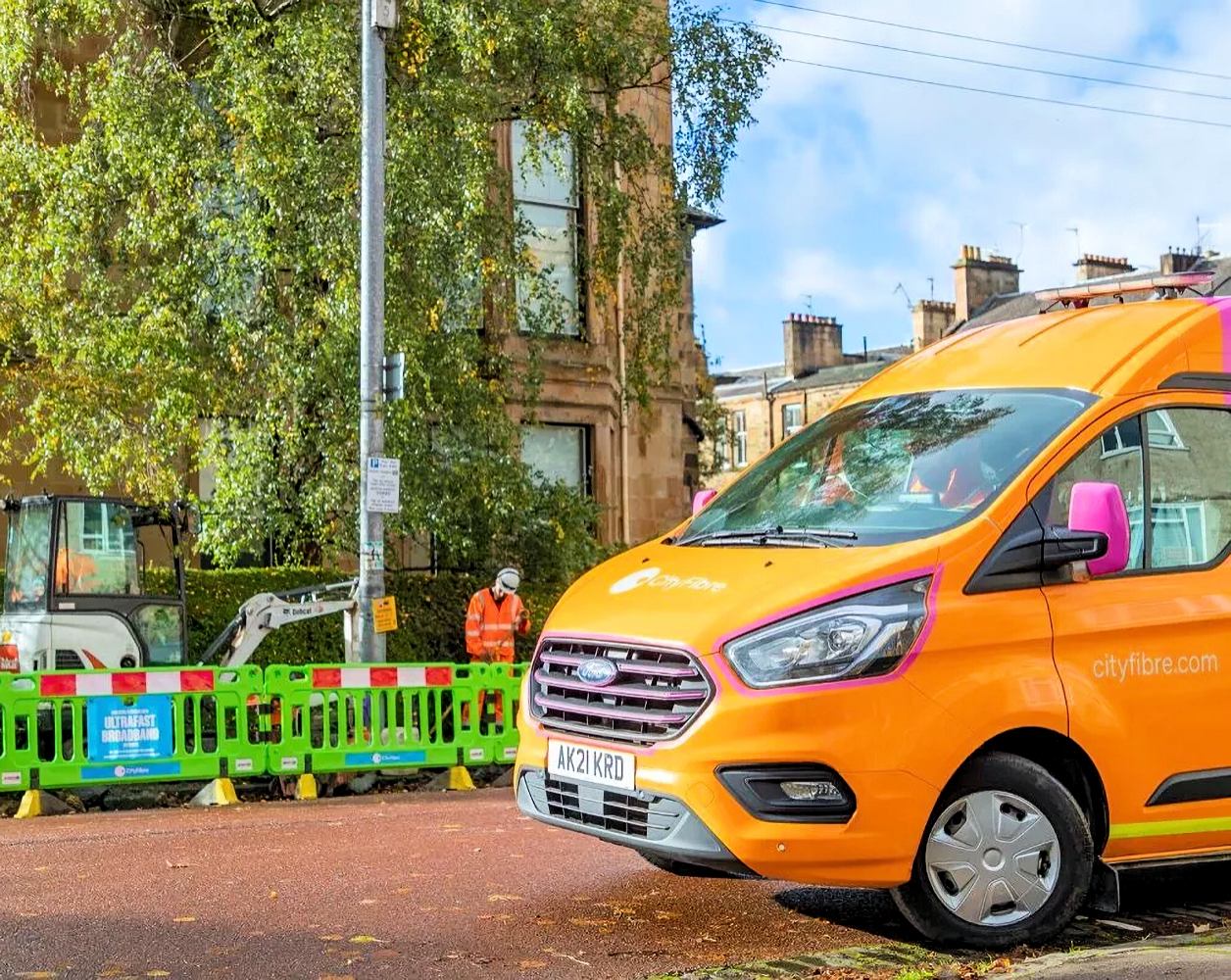





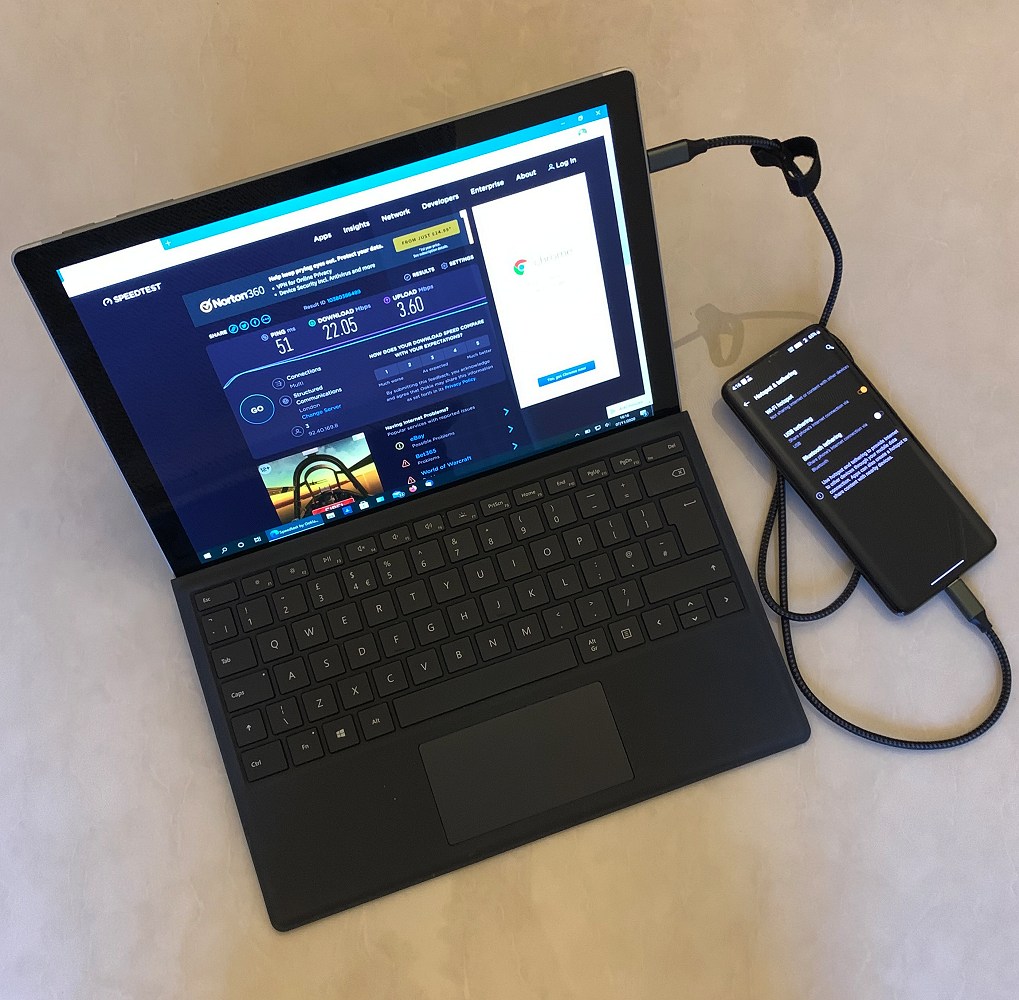


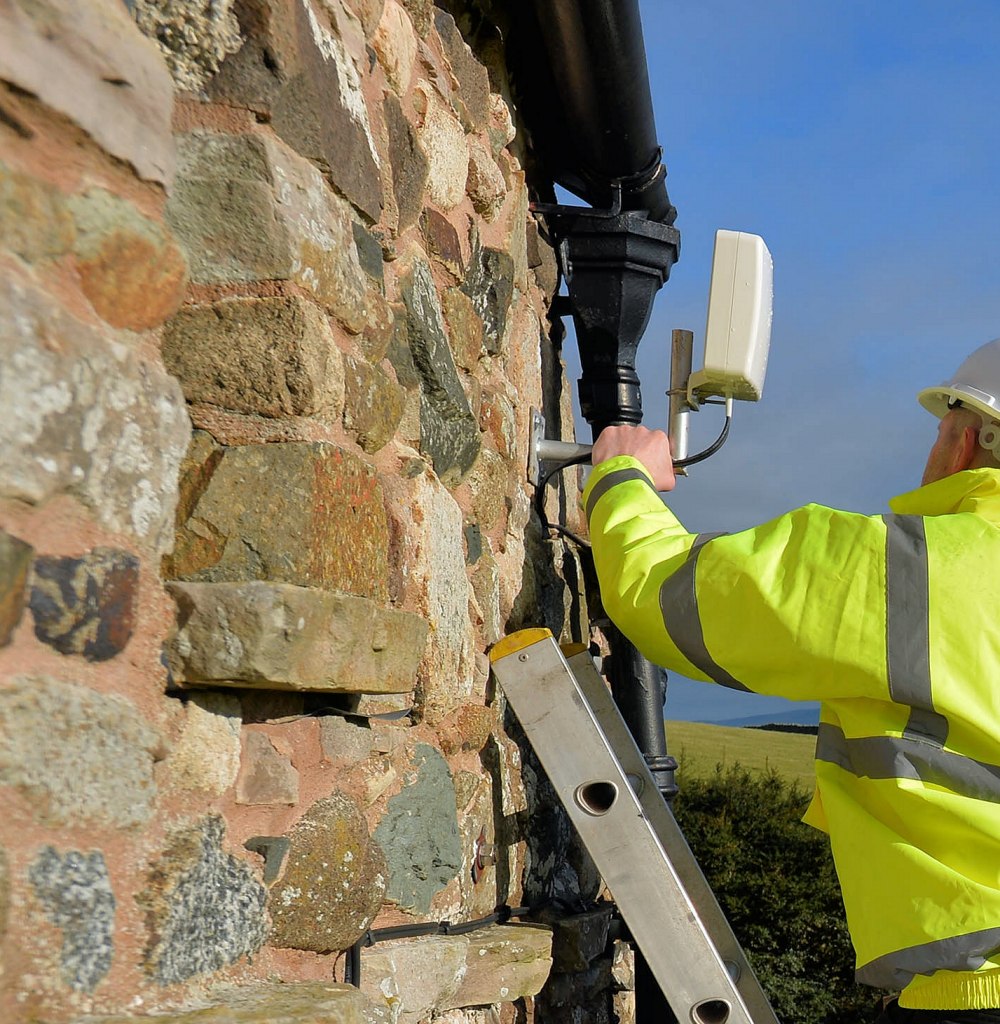






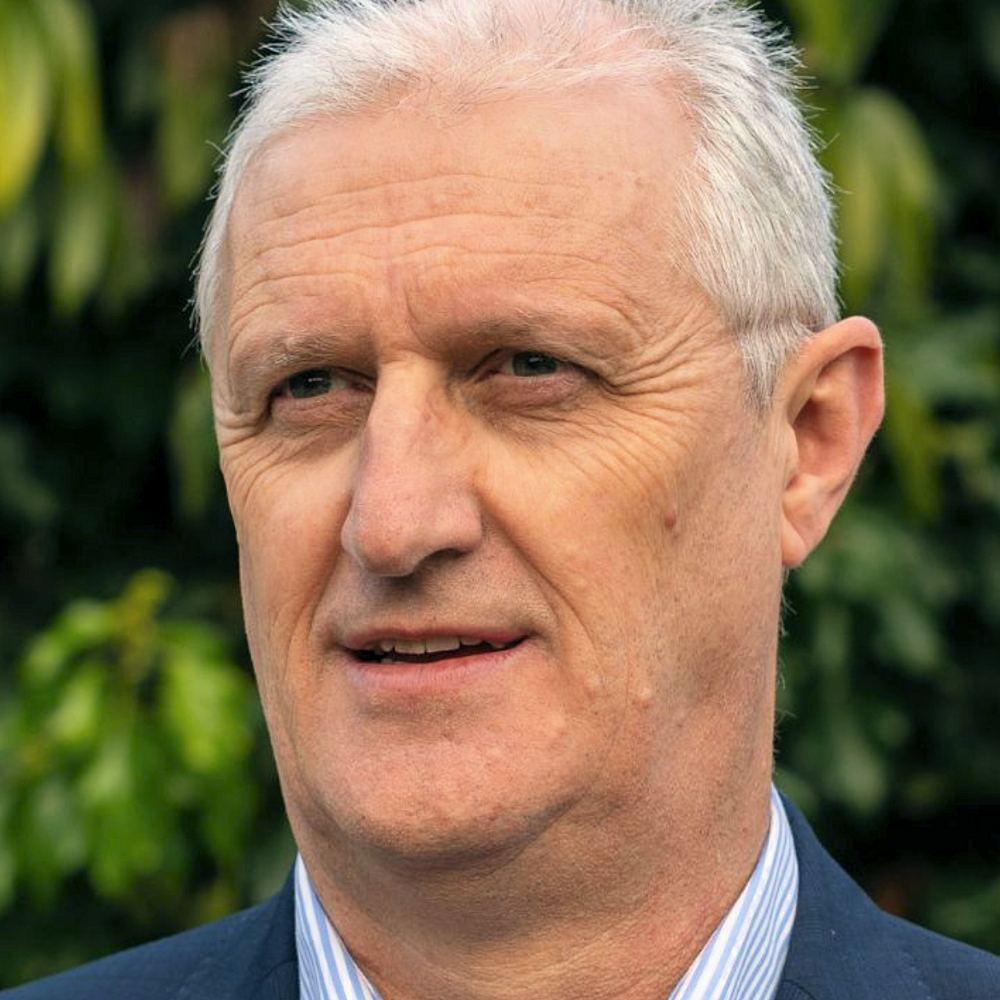

Might be a good time for Virgin Media UK to get on with DOCSIS 3.1 so that they can at least seek some kind of parity on download speeds, upload out of the question, and for Openreach to take a long, hard look at the pricing on their 500/160 and 1000/220 packages.
In fairness Full Duplex DOCSIS 3.1 has been shown wont be initial version but they could easily compete with Openreach FTTH in terms of upload speeds from launch version. I wouldn’t rule Virgin out at all.
FDX 3.1 is irrelevant to VM right now. The equipment to deliver it in the field doesn’t exist and it requires fibre to last amplifier in any event.
VM are still on nodes of 500+ premises passed with 4+ amplifier deep cascades being common. In this area only built last year and covering about 500 premises they would have to install ~20 optical nodes with new fibre runs to all of them – just to get FDX to this property alongside no more than 20 others would require a 600m fibre run, bypassing 5 existing amplifiers.
There is no way VM have any plans to do this any time soon. Operators with plans to do that don’t tinker around the edges with multi-year programmes of replacing equipment to increase available bandwidth on those networks by 25% to make room for another 8-16 SC-QAMs, another 40 MHz of upstream and a 96 MHz OFDM carrier, they are blowing the fibre and digging the new ducts.
To give an idea where VM’s head is at higher upload speeds were supposed to have been a thing in 2017, DOCSIS 3.1 was expected to have been in pilot by 2017 and the 3.0 network was supposed to be stopped at 24 SC-QAMs with further capacity delivered by 3.1.
There is no 3.1. The upload speeds haven’t changed. The 3.0 network has moved from 24 SC-QAMs to 32 SC-QAMs not through network upgrades, but via moving the last TV multiplexes to 256QAM and switching off MP2 in favour of MP4 then using some of the recovered spectrum for those 8 SC-QAMs.
Relative to where they thought they were going to be, and these expectations were as recent as 2017, they’ve done very little, and intend to continue to do very little for as long as possible, offering the bare minimum to claim to offer the fastest ‘widely available’ download speeds.
This is in part due to Openreach moving more slowly and in part due to Ofcom and the ASA’s rule changes, with a bunch of good, old fashioned complacency thrown in.
The best hope for VM customers seeing significant speed rises is if Vodafone buy them. In the interim I guess maybe we’ll be getting advertisements for the ‘fastest widely available broadband in wherever we can find that no-one has deployed FTTP yet.’.
Oh I wasn’t saying the FDX was yet ready it’s still more a successful pilot or trial product but it doesn’t seem like a pipe dream either. To be honest I have been slightly puzzled why DCOIS 3.1 has been delayed it has started rollout out on the continent now. Though maybe Liberty Global as you have stated is trying sell. They have pulled out of Germany now. But do Vodafone really want them anymore I think they might not anymore.
The 3.1 Liberty Global rollout is in Bochum, Germany, and has just started release in Warsaw, Poland.
That’s quite literally it.
Bochum is 1000/50, Warsaw 1000/40.
Vodafone’s 3.1 testing in the Kabel Deutscheland network they bought from Liberty is, so far, an absolute excrement bomb.
In happier news they just finished their 3.1 rollout to 3 million customers in Spain. They deployed over 12,000 DCCAP nodes to do it.
FDX 3.1 is irrelevant to VM right now. The equipment to deliver it in the field doesn’t exist and it requires fibre to last amplifier in any event.
@ CarlT
‘VM are still on nodes of 500+ premises passed with 4+ amplifier deep cascades being common. In this area only built last year and covering about 500 premises they would have to install ~20 optical nodes with new fibre runs to all of them – just to get FDX to this property alongside no more than 20 others would require a 600m fibre run, bypassing 5 existing amplifiers.”
This was roughly what I was saying a few months back. Although you have expressed it a lot better here. But I totally agree that each amplifier has got to be fibre fed for 3.1 to be viable. Daisy chaining on the coax backhaul won’t cut it.
Still doesn’t stop them having a mixed ecology with 3.1 on the newer parts of the network or even on the first amplifier. But mixed ecology is a pain to administer.
“Openreach to take a long, hard look at the pricing on their 500/160 and 1000/220 packages”
You’re comparing apples with oranges as Openreach use (or plan to) 10G PON for their half gig and 1 gig FTTP services whereas the likes of Hyperoptic/Gigaclear/ B4RN and probably VF all use 1G PON even for their 1 Gig FTTP. I’ve heard a few cases where 1 Gig users on Hyperoptic get no where near 1 gig at peak times. So Openreach are clearly planning to minimise slowdowns on their top tier FTTP services by investing in higher capacity fibre and hence is priced accordingly. And don’t forget those half gig and 1 gig FTTP services on Openreach are really intended for businesses – not for your average residential user. Though no doubt a few who like to shout “my willy is bigger than yours” will sign up for the top end tiers irrespective of cost.
@baby_frogmella
No OR will have to reduce their pricing it simply is not competitive or realistic.
A lot of the time businesses don’t need 1G at peak times they just need 1G for backups.
If a business needs 1G defo then they need an SLA – which OR could then offer as a bolt on to their FTTP at a reasonable cost.
As CarlT and I were arguing on an earlier thread (actually agreeing) whilst the use of 10G tech from PON to headend is a great idea the provision of 10G bandwidth all the way to the headend is not necessary for 32 dwellings. Realistically on domestic tariffs I would suspect that an allocation of about 2.5G downstream per 32 would be about right. And in any case as this is a software controlled layer this can be set at any desired value in the future.
I very much doubt they’ll be using EPON. Are you referring to GPON? 2.4Gb down, 1.2Gb up?
This is more than adequate to deliver 1Gb services – it has been elsewhere for years. Google Fiber use it. Verizon FiOS use it. AT&T use it. NTT use it.
In a group of 32 customers on tiers ranging between 100Mb and 900Mb it’s extremely unlikely that sustained usage will be >1.4Gb.
Networks are usually provisioned around the principle of having enough capacity to handle peak sustained load + enough free to allow a user to burst to full speed. This works with way more nodes than the 32 in a standard PON split – the average usage per customer even on higher speed services is no more than 3-4Mb/s at peak times.
Regarding Hyperoptic by the way they have very few customers on PON at all and, as mentioned, GPON isn’t a gigabit, you’re thinking of EPON which isn’t used in the UK besides in its 10G variant.
Hyperoptic’s issues are on the backhaul. Their connections to nearly all their customers are a point to point gigabit. The capacity going out of those switches or group of switches across their transport network can be a different story.
VM are averaging over 360Mb on their 350Mb service, this with 1.2Gb shared between 400+ devices in many cases. Usage per customer is really not that high and on hyperfast services is even more bursty – it’s a challenge to saturate a service shifting 115MB/s for any length of time.
If there are issues you just introduce a XGPON port into the mix – they can run on the same fibre – and swap out your ultra heavy user’s ONT or use ONTs that support both and cut the entire split over.
There is zero reason for Openreach to mandate XGPON. It’s a ridiculous level of engineering where they have areas on GPON that they refuse to sell 1G/220M on them. The only reason not to is on their ECI equipment which is actually fine on the PON side but is lacking capacity out of the back. Even then their not selling 160/30 and 330/50 on it for fear those 30 and 50Mb upload customers, all 32-64 of them, will saturate 1.2Gb upstream, is absurd.
@ CarlT & Builder
Yes, I was referring to Openreach NOT using GPON for their 0.5 and 1 Gig FTTP services.
At the end of the day, its clear – by the pricing – that Openreach aren’t targeting bargain basement deal hunters for their higher FTTP tiers. I’m sure the network planners & bean counters at Openreach aren’t stupid and did their sums before releasing their wholesale pricing to the CPs.
I got the point.
As I said, they’re going to be coming under pressure from their customers to rethink it.
It is, perhaps, time for Openreach to differentiate between business and consumer rather than selling a one size fits all NGA product. Higher guaranteed / expedited throughput levels and an assurance of XGPON provisioning for those wishing to pay more, lower guaranteed / expedited throughput for those wanting to use the products for residential services.
Where CPs are clearly provisioning business premises with residential services they get a slap, and the SLAs on repairs may be adjusted accordingly to ensure their slap comes from both OR and the end business user.
I also suspect Openreach are positioning the higher FTTP services as a significantly cheaper alternative to their leased line services, albeit without the symmetrical speeds and SLAs. Last time I checked, their 1 gig up/down leased line was £1300 a month..that’s right, per MONTH.
As I said, in the context of their being a grand a month more expensive for ~1Gb symmetrical and about triple the price for a 4:1 asymmetrical 1G than these deals they probably need to have a think about their pricing.
£96 a month to get 1G/220Mb to the exchange, where a CP needs to pay a couple of grand for a 10Gb CableLink, pay a few grand a year for backhaul out of the exchange, then pay for the IP data network, support overheads, transit and peering, administration, etc, and then try and make a profit versus less than £50 for a gig symmetrical, retail, is absurd.
I would also suggest that Openreach can’t justify the big difference between 500/160 and 1000/220. They are both delivered over XGPON. Unless the split is congested, no chance, the cost difference to Openreach of supplying them is nil.
If this brings Openreach’s insane pricing at the high end, basically there to subsidise insanely low pricing at the low end, down to something more sensible everyone’s a winner.
For the cable nerds:
This would be no good. You can’t just replace that one node else there’s nothing feeding the others. You need an FDX optical node. The point of them having to go into the last amplifier is that there is no coaxial active between them and the subscriber.
You’d be needing 2 lots of fibre going into the cabinet, one for the regular stuff and one for premises connected directly to the optical node which leads to another problem – there are none. The optical node feeds a coaxial cabinet which spurs the signal from the optical node into however many lines are required alongside feeding its own tap – after amplifying it again, so there’s a restricted active. You’d need to have parallel networks, optics to the ‘old’ node feeding coax which in turn feeds cabinets with their power and, depending, RF, and an optical overlay feeding optical nodes which provide the RF to the tap banks in cabinets. This would be a rollback to xDSL in that your services are now distance limited depending on cabinet count to the optical node.
Installing a new optical node and, indeed, the infrastructure to support it just to feed a very few premises would be crazy. The point of going fully FTTLA is to be able to save on power costs, fewer active components, and to reduce the number of cabinets with active components in them. Higher power output is possible from those optical nodes as you don’t have to worry about repeatedly amplifying the RF and degrading its signal quality.
There is nothing stopping them deploying standard DOCSIS 3.1 to areas that aren’t bandwidth limited though. This area has a 1.2GHz network, with the upstream field upgradeable through a diplex filter swap from 5-85 MHz to 5-200 MHz and the downstream occupying the rest after a guard band is put in place.
Instead, presumably for ‘standardisation’ purposes, the upstream is using a total of 25.6 MHz of capacity, the downstream only goes up to 750 MHz right now.
VM can, and have, offered different tiers in different areas. They have even offered different upstream speeds on the same tiers while they’ve brought networks up to scratch – I was on EuroBell garbage that was ex-Telewest. I am lost as to why they don’t take these new build areas, both FTTP and HFC, and the areas they’ve upgraded and push them, with a plan to upgrade areas more bandwidth challenged.
When they went to 10:1 upstream ratio I waited 18 months. I never had the 100/10 Mb product available to me. I’m now in an area where they could hit a few keys, plug in a couple of cables, unplug a couple of cables, flick a switch and deliver 1000/100 here, possibly 1000/50 or 1000/60.
If you have the capacity in an appreciable part of your network, and they do, why wouldn’t you get the programme underway, if for nothing else at least for the kudos?
Of course people not getting it will complain but for heaven’s sake Openreach have been dealing with that since 2009-10. No-one’s died so far and their business has not been harmed.
If Comhem in Sweden can deliver 500-1000Mb down, 50-100Mb on with plain EuroDOCSIS 3.0 VM can surely deliver 1000Mb down and 50Mb up on 3.1 downstream, 3.0 upstream. In the case of this area they could throw a 192 MHz OFDM channel into the mix and there’s room, comfortably, for 8 x 64QAM upstream channels, with guard bands in between, while keeping out of the noisier parts of the spectrum below ~20 MHz.
The DOCSIS 3.1 deployment in Spain, as I mentioned, placed 12,000 DCCAP nodes into the field. These are not simple optical nodes. They do NOT take an optical analogue feed and run media conversion, they generate the RF feed. They take 10GbE feeds from switches in the hubsite and replace the equipment that would usually be producing the DOCSIS QAMs, EdgeQAMs, by generating the forward / downstream path and digitising the upstream path themselves.
These can certainly do FDX. However they do need to be the last amplifier. They need more power than regular optical nodes, too, so power systems may have to be upgraded. They are a great base for ‘standard’ asymmetrical 3.1, and 3-figure upstream speeds can be delivered over this… if operators pull fingers out and drop the apparent obsession with selling the same everywhere.
Would be interesting see if Vodafone/Cityfibre tries compete with KCOM in Hull I believe Cityfibre already has a Business Fibre network there like they do with these other cities.
Only area of U.K. without a big competition probably won’t but would be interesting if they did.
Very unlikely at this stage, KCOM has Hull pretty much under its thumb due to the coverage of their FTTH network being set to hit 100% by March 2019. I can’t see anybody spending the money to challenge that at this stage. MS3 were trying but they’ve been silent since last year’s trial:
https://www.ispreview.co.uk/index.php/2017/01/first-homes-live-ms3s-connecthull-ftth-broadband-network-hull-uk.html
FTTH is expensive enough, overbuild at this stage is something that most operators are avoiding due to the greater risks involved. Exception may be in dense OR/VM areas.
True enough Mark would be way to early to consider something like that and as you say very hard to get market share.
Hull has always been a special case least KCOM has nearly done full FTTH across the city think there is a very small amount of FTTC isn’t there ?
KCOM are expensive and capped. They are also, however, heavily protected by their local government. They would be a prime target for a competitor as they are, basically, not competitive with the market as a whole as they’ve never had any competition.
I can imagine Kingston upon Hull Council being a far bigger obstacle to potential competitors than the actual competitive environment itself.
They are indeed expensive i thought they did sell unlimited plans nowadays I know they do capped plans as well though. Though I have heard you can just turn up to there customer service building and don’t need ring.
It was just a suggestion of a competitor as I know Cityfibre has finished there core network there and they and Vodafone would be most likely competitor if any came about from what I’ve seen.
KCOM provide their “Wholesale FibreLine” products. They can justifiably say it is not their fault if ISPs do not wish to avail themselves of their infrastructure. With their current pricing KCOM appear to be simply in a hurry to recoup their investment while the sun is shining.
ISPs are starting to exploit OR FTTP so they may reconsider KCOM. Hull & East Yorkshire would be open ground for the likes of Sky but the margins have to be there.
Ofcom are refraining from interfering with the growing FTTP monopolies but they may have to at sometime especially where there is no effective alternative when general speed expectation increases.
None of them unbundled any exchanges in KCOMs areas or bought wholesale services from them to sell to residential customers pre-FTTP. I’m not sure why they would now.
@CarIT Possibly, but Sky are not interested selling broadband they are after selling their content and Q boxes. They can do a lot more up-sell on FTTP knowing their brand will not suffer the performance and support overhead issues of FTTC. But it has to commercially viable and the KCOM processes need to be acceptable.
Ofcom takes an interventionist approach with OR and perhaps it will have to with others if their wholesale product processes and pricing are regarded as market restricting.
Once KCOM have recouped their initial investment there will be scope for them to reduce their prices and keeping them a little below the national FTTP competitors elsewhere just to keep Ofcom at bay.
FTTP providers will seek to avoid each other for the foreseeable future. Pricing will be pitched in the main to encourage migration from ADSL/FTTC at a conversion rate that meets their business model and be acceptable to their investors. It may be we see more geographical pricing structures rather than national ones.
I wish someone would install this or something similar in my area, getting sick of 80meg,feels like dial up when downloading a new ps4 game these days.
Oh, and I’m paying £62 for it as well, I could have 900 Mbps @ £43 per month. Sad times!
Get multiple lines and load balance them with PfSense.
You should be happy to get 80Mbps!
I am still on 12Mbps here in Bishopsgate Exchange, no FTTC at all having waited for over a decade. At least you being on PS4 can buy physical blu-ray disk versions of your games!
Me as a PC Gamer am stuck with digital download services only. Very few PC games are now available on Retail DVD due to the fact that data sizes have increased and would not fit in just a couple of DVD’s but would require at least a dozen DVD’s which developers would not want as it would increase their production costs. I’m 100% dependent on digital download services like Steam, Origin, GOG, etc.
For example if I want to buy FIFA 19 PC I have no option for a DVD. There is only a Polish version of FIFA 19 PC DVD which does me no good as language and commentary is in Polish.
About 4-5 years ago it was easier for me, almost 90% of the games had DVD releases as well, not to mention PC games were 15GB. Now most games are 50GB like in the case of FIFA 19, 80GB for NBA 2K19 PC.
But we aren’t going to get an FTTP priority simply for the pure sake of entertainment, that wouldn’t be considered as a valid persuasive argument. The only way we are going to get FTTP is if ISP’s, Government and Openreach believe FTTP is economically beneficial for the UK.
@Rahul – no need to answer, but as well as FTTC you have not had VM, Cityfibre or Hyperoptic install to your property where there is clearly a demand…
Rahul, tried 4G?
80 Mb would be wonderful, I get 3 on a good day and the fttp hardware has been on the pole 20m from my door for months now and we are just waiting for it to be activated
It seems cheap, at least compared to BT, although I bet you don’t get a free prepaid creditcard that you neither want nor need when you sign up. I bet they also don’t send you a £20 prepaid creditcard whenever there is a network outage they can’t blame on the customer or god.
I’d pay the asking price if they were to open up shop in my village.
At least we know that if it is FTTP chances of network outages are slimmer!
Network outages stem more from old copper networks that seem to be the biggest causes of network unreliability.
This is why on BT Openreach even FTTC is not 100% reliable as it still uses copper to connect to your home which is what’s also responsible for network issues requiring constant maintenance.
Vodafone are able to offer those cheap packages because they are independent and not sharing with BT Openreach just like other Altnet providers who are able to offer cheaper packages naturally.
I’m hoping that Vodafone will accept customers that already have existing FTTP, as new homes in MK are being built with FTTP instead of old fashion Copper lines and because of the BT/Openreach are charging a fortune to it’s Customers.
That fibre was built by Openreach. These prices and products only apply to fibre networks built on behalf of Vodafone.
“Fibre GPON (via GE WAN port)” means that there will be FO to Cu converter.
Yes. There will be a separate PON ONT at the home. This is perfectly normal: CityFibre build networks and sell wholesale access to them. Much as you can’t plug the Openreach fibre into your own equipment you can’t do so via CityFibre.
@CarlT: in that business model yes. My brother recently bought a new flat in PL, and has three fibre cables in the wall. Each belongs to different operator.
New build. All bets off, Name.
Will definitely be having some of that 900mbit goodness – fortunately cityfibre’s network passes right outside my door. Admittedly I have no good use for it whatsoever….
What was the upload?
its symmetric
so
100mbps = 100 down 100 up ect
Any of my aberdeen people out there?
we hyped?
i’m hyped
will be ordering the 200Mbps package probably.
Is City fibre/Vodafone using GPON or is it Point to Point fibre? The reason i’m asking is becuase Openreach is only offering 220Mb upload compared to Vodafone.
It’s PON.
@max360
Ultimately it doesn’t matter as there is an upgrade pathway using the same fibres and fibre paths from GPON to XGPON etc so the technology can grow in a demand lead manner. The expensive bit is to get the fibres into the homes; how it is handled streetside can be rearchitected over time as needs change.
Yes, there is a valid argument that a 330/330 would be more useful to most in an increasingly cloudy world than an 1G/220 connection. Which is, I think, your unmade point?
If there really is a 1:4 down/up ration of usage (if you believe OR) then I don’t really see the point of capping the up off at 220 when what is mostly required, for domestic use, are burst for backups or syncing new devices or uploading a large video file.
Or are OR really afraid that taking the upstream limits off is going to damage its leased line market? Trouble with that strategy is that many others are offering symmetry cheaply and if you just need a fat bandwidth to snapshot servers, desktops, NAS etc at night then you don’t really care if the bandwidth is impacted at peak times in the day. We have just such an arrangement. Not many businesses are running their own high bandwidth data centres down a 1G/1G OR leased line. So the logic behind this defeats me.
Spoke to Vodafone Gigafast team and they are not ready to deliver services where properties have already fibre delivered to the home by https://www.ofnl.co.uk/ which includes at least two develoment of Milton Keynes I know.
OFNL says they allow Vodafone and any other provider to deliver the service using their infrastructure
that’s a shame I think Vodafone should offer service to homes which have other fibre providers.
I am one of the trial users of the new Vodafone FTTH service in Milton Keynes and have watched with interest the largely painless process by which the passive infrastructure has been put in the ground.
Having moved into a house with aluminium rather than copper telephone wiring you can imagine how much I looked forward to Gigafast installation day. The installers in short order extended the microduct from the Toby Box at the edge of the premises to a connection box on the wall of the house and blew the last run of fiber. They then brought it via a 15m fiber drop cable into my upstairs study, tested it and connected up the Vodafone Gigafast router referenced in the Vodafone announcement.
I thought that the trial install would be a bit agricultural and problematic but in fact the highly orchestrated installation process using a set of standard products has been impressive.
I ordered the 500/500Mbps service and so far it does what it says on the tin and the analogue phone just works.
Only two problems to date are the irritatingly small, badly positioned status LED’s on the Gigafast Router and (probably because the service is new) a lack of detailed information about configuring the router. A couple of us “trialists” have found a fairly basic manual on Vodafone’s Italian web site but nothing that shows where some of the more advanced facilities e.g. supporting VPN connectivity are to be found. If anybody can point me in the direction of a decent source of documentation I would be grateful.
And because I am just plain nosey does anybody know what active kit (OLT) is used in the Central Office?
Im looking at getting the service when its available, which should be soon as I’m in Bradwell and houses in Bancroft can get it. One thing im curious about is whether its a natted service, and if its ipv6. Also do you terminate on vodafones network, or do city fibre fully handle the ip transit?
Does anybody know if you *have* to use the router? Not being up to speed on these things, I’m not sure whether it’s just a WAN input from their feed or it uses the Internet port, etc.
I’m running pfSense on a Dell server with Unifi access points and a gigabit switch. It would be *very* handy if I could just unplug the WAN lead from my Virgin Superhub 3 (modem mode), and plug it into a new connection. Unless the Voda router would blow this out the water.
I’m in Peterborough, where I think they’ve started over the other side of town. I’d take this up at the drop of a hat.
You will almost certainly be able to do that as the fibre is presented as ethernet. There maybe a bit of messing around to be done to get the wan configured correctly (VLANS etc), but its probably just uses pppoe.
That’s great, thanks – pretty much what I was hoping. I’ll keep checking their preorder page until my postcode shows as available.
Getting my Gigafast 900 installed tomorrow. I will report back how it goes.
How did it go?